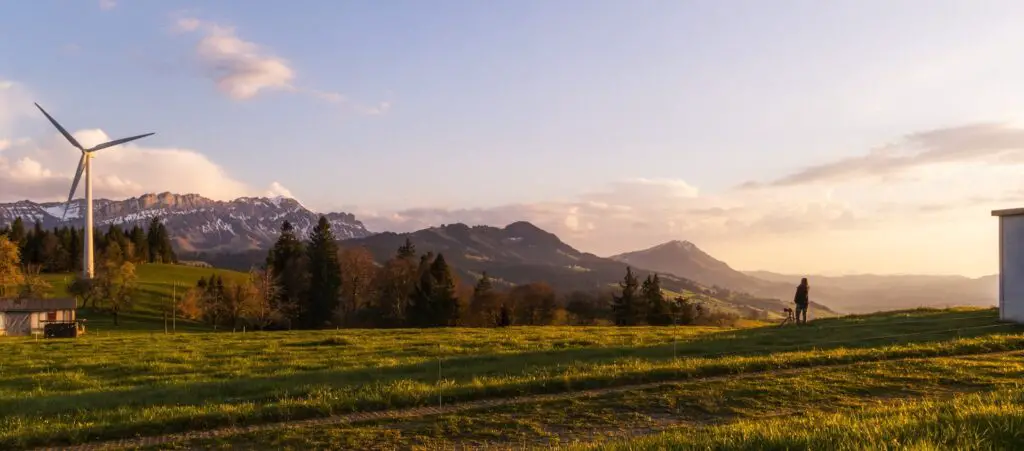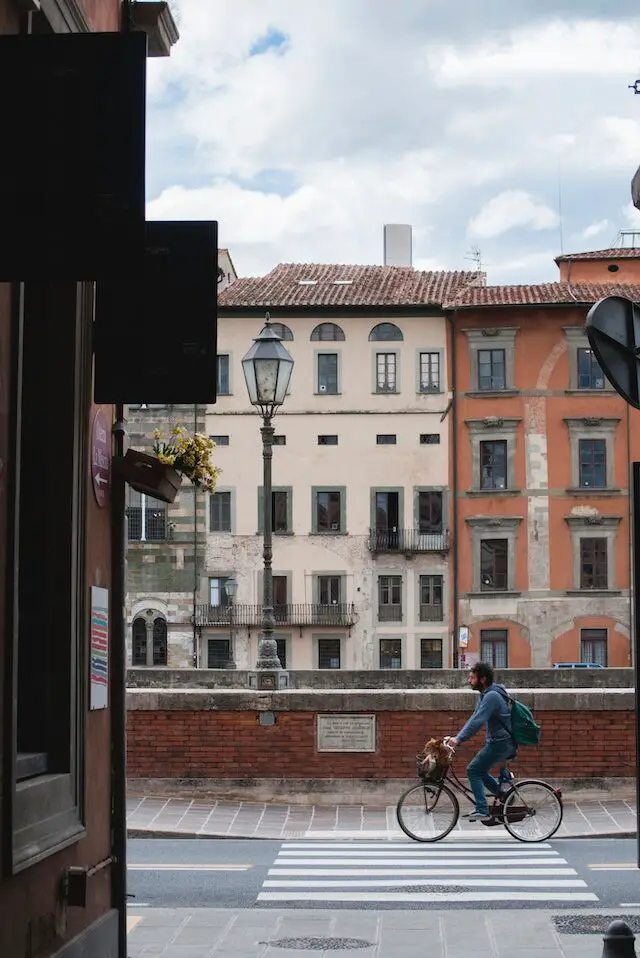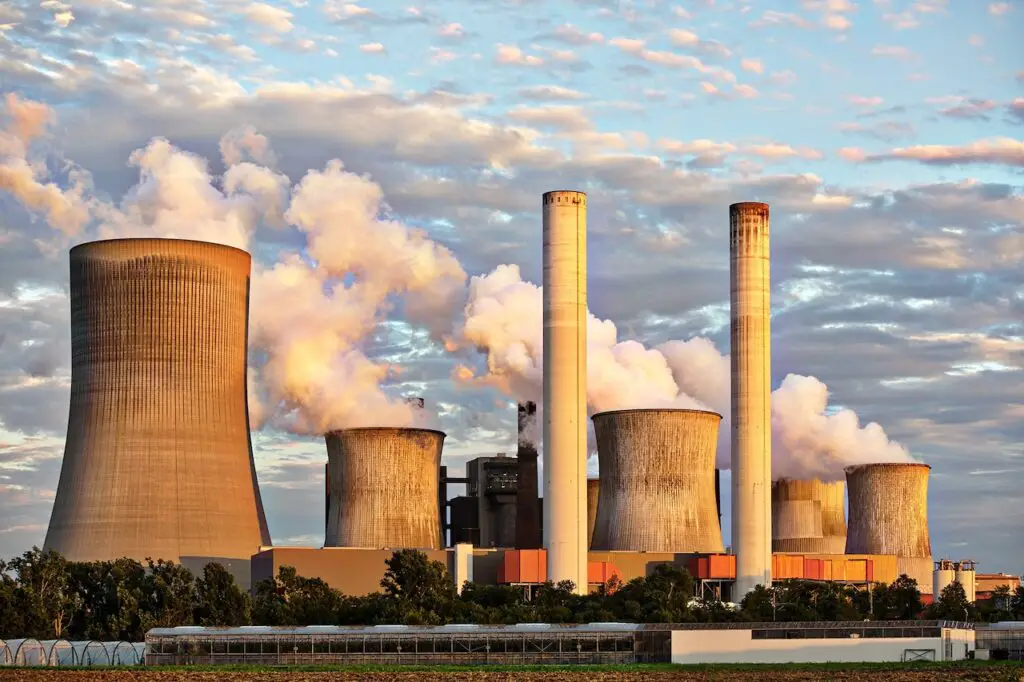
When we decide we are ready to move towards a net zero lifestyle one of the first things we can do is look at what changes we can make to reduce our carbon emissions.
As most of us don’t have an unlimited budget I will skip the big ticket changes you can make for now, such as moving to a new energy efficient house or replacing your car with a fancy new electric one, as they are not most peoples first steps towards the net zero lifestyle. That doesn’t mean you shouldn’t look at either of those items if you are already shopping for a new house or car, but for the rest of us here are some things you can get or change to start reducing your carbon footprint right away.
Buy Less
This is one that most people don’t seem to think about, as their first thoughts go to what can they buy that has less environmental impact, but in just about all cases buying nothing is the best choice.
If you can manage to not buy something then we avoid any carbon footprint associated with the items production and eventual disposal, as well as that from any packaging or the supply chain required to get that product to you.
That doesn’t mean you have to live in a cave and never buy anything again, we all need stuff to live a happy and productive life, but before buying something you could take a moment to think if you really need it, and if not, don’t buy it, both the environment and your wallet will thank you.
Switch to LED bulbs
This one does require you to buy something, but if you are following the first point you could choose to wait until the bulbs you have go out, and then only replace the non working ones until you have eventually switched over.
My opinion is that these are one of the items that it may be OK to buy without actually needing them as they are so much more efficient than traditional bulbs, and the outlay required to switch is not that high. This one also has the benefit that the items you are replacing can be recycled as they are mostly glass and metals, so they don’t have to be sent to a landfill somewhere to slowly decompose over the next hundred years.
The one caution here is that you should watch out for the packaging, if you can find bulbs that are sold in cardboard then that will be better than those that come shrink wrapped in plastic.

Turn down (or up) the thermostat
This one you can do as soon as you finish reading this, all you need to do is turn your thermostat down a couple of degrees (or up if you are somewhere warm and have air conditioning). For a couple of days you may need to wear an extra layer of clothing until your body adjusts to the new temperature, but if you only move it a small amount you should adjust fairly quickly.
Once you do get confortable with the new temps, consider changing it again, the less you can use your heating and cooling the smaller your footprint becomes.
If you have some rooms that you use less often, consider closing the doors and turning down the heaters/vents in that room to save some extra energy, as it doesn’t matter if that room is a little cooler or warmer if you are not in there very often.
You can also save a lot by turning the heat down when you are leaving the house for a few hours, as there is no point using energy if you are not there to benefit from it, and if you work on the next point your house will stay warmer for longer even if you do turn the heat down.
Improve your homes insulation
This is another one that normally requires you to actually purchase something, as most of us don’t have extra home insulation lying around not being used.
Just like replacing your bulbs you have the option to do this one a bit at a time rather than all at once if you want to. It most places you can just head along to your local hardware/home improvement store and pick up a roll or two of insulation that you can add to your roof space.
Try to focus on the roof space first as this is normally the area of the home that loses the most heat, and is also the easiest to access if you want to do it yourself. There are ways to add insulation to the walls of your home, but this is normally a lot more complicated, and should really be left to a professional.
As an add on to this you may want to look for any drafts coming into or out of your home through badly fitting doors or windows, in most cases it is pretty easy to add some foam sealing strips to those to make them a lot more efficient with only a little bit of time invested.
Work from home

If you are able to, you may want to consider working from home several days a week. Not only will you save on any emissions generated by your commute, you will most likely also generate less waste by not eating a meal while you are out which most times comes in disposable packaging.
There may also be some other indirect savings from working from home, one I found was that I was able to wear a more casual shirt, that I could just put in a cold wash to get clean rather than wearing my smart office clothes that often need to be dry cleaned, especially in the warmer weather.
Switch to a green energy plan
If you have the ability to switch your energy provider, or if the one you are with has a greener plan based around renewable energy then you will almost certainly reduce your carbon footprint by switching. In some markets the greener plans are more expensive than the traditional plans, but you may find that the difference in cost may be much smaller once you take into account how much you would pay to offset those carbon emissions if you are truely going for a net zero lifestyle.
Drive less
Even if you have the most efficient electric car that you only charge from renewable electricity, there is still an amount of carbon being used for every trip you take. While the EV may not be burning fossil fuels to propel it down the street you are still adding to the wear and tear on the vehicle which will create carbon emissions when you come to get your tires replaced or have to have your batteries recycled.
If you can get away with not making that trip at all then that will be the most energy efficient, maybe save up some of your errands that need to be done in similar locations and combine them all into a single trip.
If you live close enough to where you are going consider walking, or taking a bike, not only will you be saving on your emissions, but you will also be improving your health, possibly saving you another trip to the doctor’s office 🙂
One word of warning with this one, don’t switch something to delivery that you would normally go and collect, as it is likely that the delivery option is the least environmentally friendly option for getting that item to you.

Eat less meat
This one is always going to be controversial, and I understand that, most of us were brought up on meat and potatoes, and feel like without the meat we will end up hungry and malnourished. But the amount of meat we eat today is way more than our parents or grandparents did when they were our age, so cutting back a little will not do any of us any harm.
Now I am not saying we all need to rush out and become vegan, but maybe one or two days a week you could skip the meat and try something that may be just as tasty and nutritious, but without as much carbon generated in its production and journey to your plate.
Just remember, every change we make adds up, even if you can only manage one extra meal a month without meat that still reduces the amount of carbon you are responsible for offsetting.
Conclusion
This list is just some suggestions on things you can do in your life to reduce the amount of carbon we release into the atmosphere, you don’t have to do them all, or do them right away, but any you can start doing will reduce your overall carbon footprint. If we can all do a little bit then that will start to add up.




